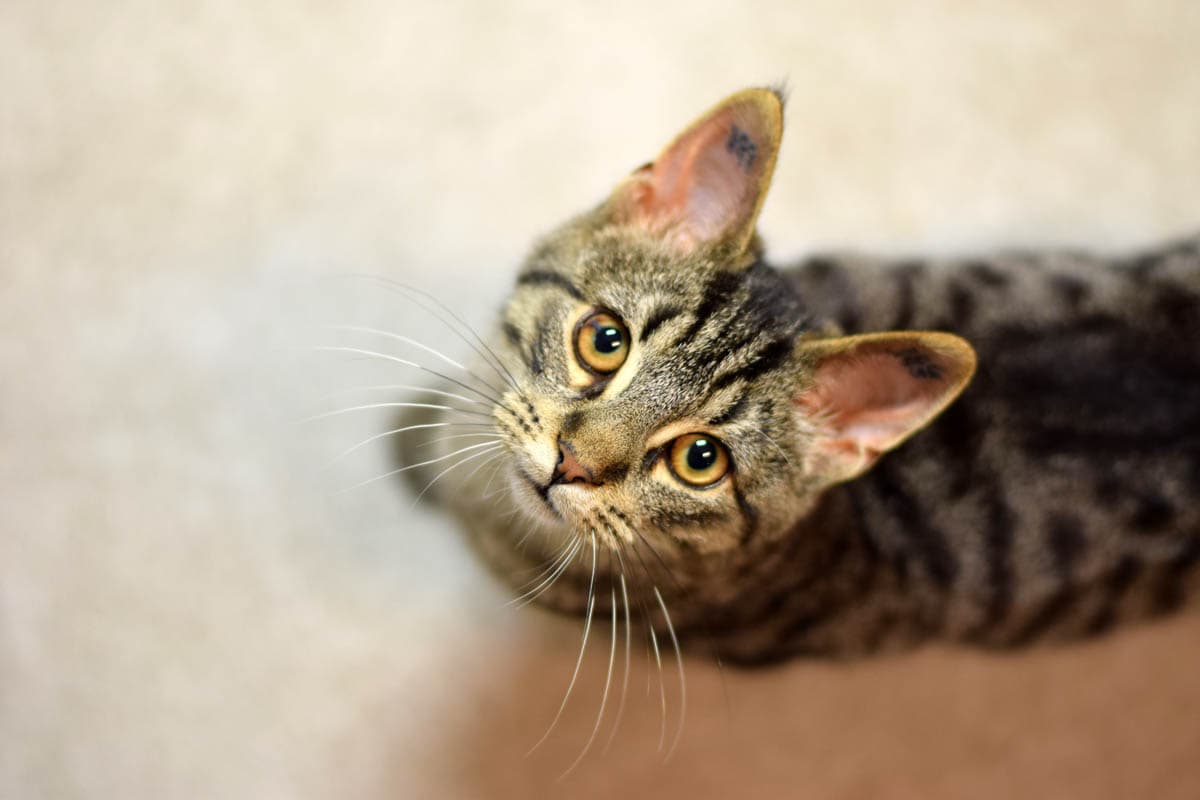Even if you have an indoor cat, you must consider using some form of identification, so should the worst happen, and your cat accidentally escapes, you have a much higher chance of being reunited.
If a pet is surrendered to a shelter and the owners cannot be found, there is a chance the pet will be adopted out at best or euthanised at worst after the required holding time.
Therefore it is of vital importance to ensure your pet has adequate identification at all times.
There are many methods of identification, some permanent, some not.
Microchips

In most Australian states, it is now compulsory for cats and dogs to be microchipped. This is a permanent method of identification. Should your pet go missing, most veterinary practices and shelters can scan the pet and if it has been microchipped locate the owner quickly.
Microchipping also has the added benefit of proving ownership of your cat should he be stolen.
A small microchip the size of a grain of rice is inserted under the skin by either your veterinarian or an authorised implanter. The process will be a little uncomfortable for a moment, but it is not overly painful to your cat.
It is important to make sure that you keep your information up to date when you move house, change phone numbers etc. Also, add a second contact to the microchip form in case you are unable to be contacted (overseas for example).
Tattooing

Some countries use tattooing as a form of identification. A unique number is tattooed in the pet’s ear which are then stored on a database with details on the pet. The advantages of tattoos are that they are a visible and permanent form of identification. However, microchips seem to have succeeded tattoos.
Collar and Tag
This is the cheaper option. Tags come in various shapes and sizes. Advantages are that they are cheap and can be obtained from most pet shops or supermarkets, disadvantages are that they can easily be removed/fall off and as such cannot be considered permanent.
Summary
No method of identification is foolproof. Tattoos can be altered, microchips can occasionally be missed, and collars and tags can fall off. It is for this reason that it is advisable to use two forms of identification on your pet.
Feature image: user32212, Pixabay

